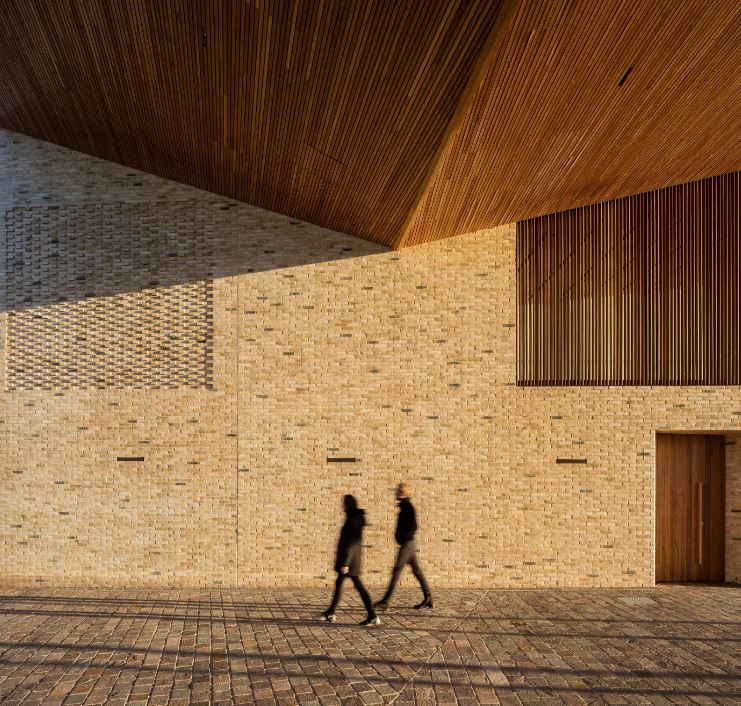MEDIA RELEASE
13 May 2019
Architect and leading design academic Helen Lochhead will bring her experience in planning, urban and landscape design to her new role as Australian Institute of Architects’ National President in a time of growth and development across our cities and regional communities.
As more than one million additional people are expected to swell the populations of Sydney and Melbourne by 2027, Professor Lochhead said growth could be harnessed to improve cities through intelligent urban design and architecture.
‘This city-changing growth is an opportunity for architects to improve and transform our urban landscapes and make them better places for people to live and work,’ Professor Lochhead said.
‘Architects have the professional expertise to shape public spaces and improve people’s lives as urban areas develop.
‘We don’t have to choose between growth or lifestyle. With the right planning and design in place, Australians cities can maintain and even enhance their status among the most liveable in the world’
Professor Lochhead will be inaugurated as the 80th National President at the Institute’s annual general meeting on 14 May.
Currently the Dean of the UNSW’s Built Environment Faculty, her previous roles include Deputy NSW Government Architect and Executive Director of Sydney Olympic Park Authority and Sydney Harbour Foreshore Authority.
She has been instrumental in shaping the urban realm of Sydney, as a designer, policy maker and project lead on a broad range of major public projects, including a five-year improvements program for the City of Sydney in the lead up to the 2000 Olympics, and the reshaping of Sydney Olympic Park at Homebush Bay into a mixed-use precinct after the Games.
Professor Lochhead thanked outgoing National President Clare Cousins for her commitment to architecture and the Australian community.
‘Clare Cousins’ dedication and advocacy on behalf of the architecture profession and the broader public has been impressive and tireless,’ she said.
‘We thank her for her commitment to affordable housing, building safety and the importance of good design, which has helped maintain the spotlight on these critical issues.’
The AGM also welcomes Queensland-based architect and history and heritage expert Alice Hampson as National President Elect for 2020/2021.
Ms Hampson said she was looking forward to strengthening connections across the architecture profession, nationally across the regions and internationally.
For media enquiries contact:
Alexandra Nesbitt
National Media Adviser
Australian Institute of Architects
P. + 61 (3) 8620 3813 | M. +61 (0) 477 333 205
alexandra.nesbitt@architecture.com.au
The Australian Institute of Architects is the peak body for the architectural profession, representing over 11,000 members across Australia and overseas. The Institute actively works to improve the quality of our built environment by promoting quality, responsible and sustainable design.






